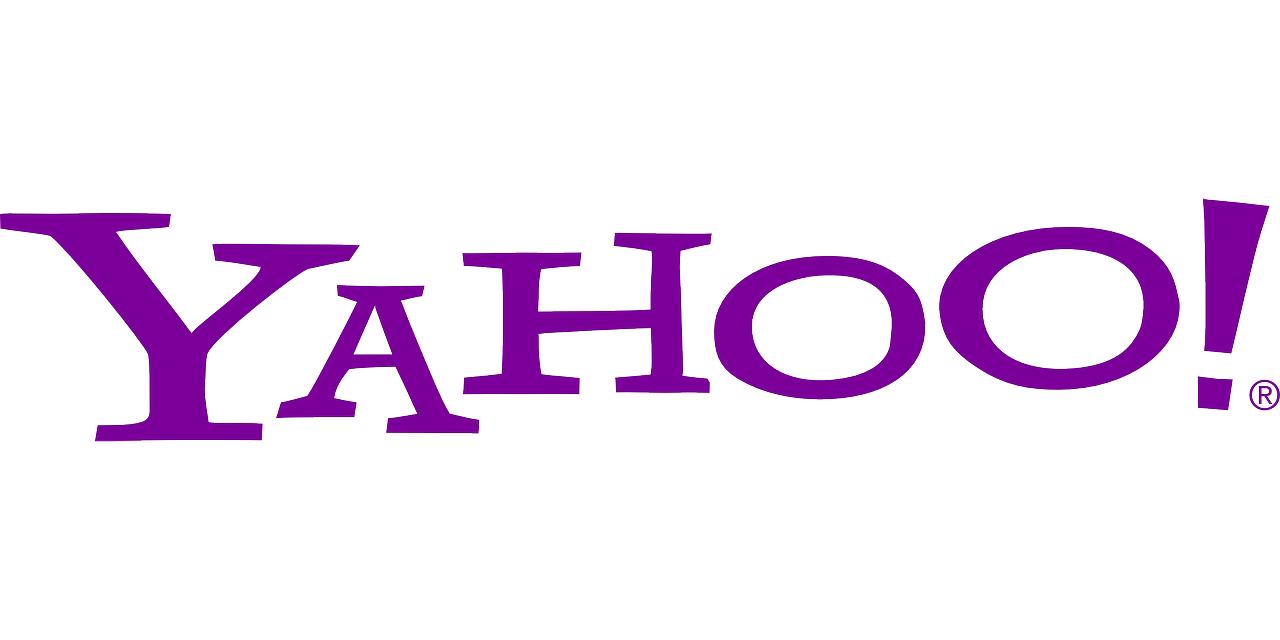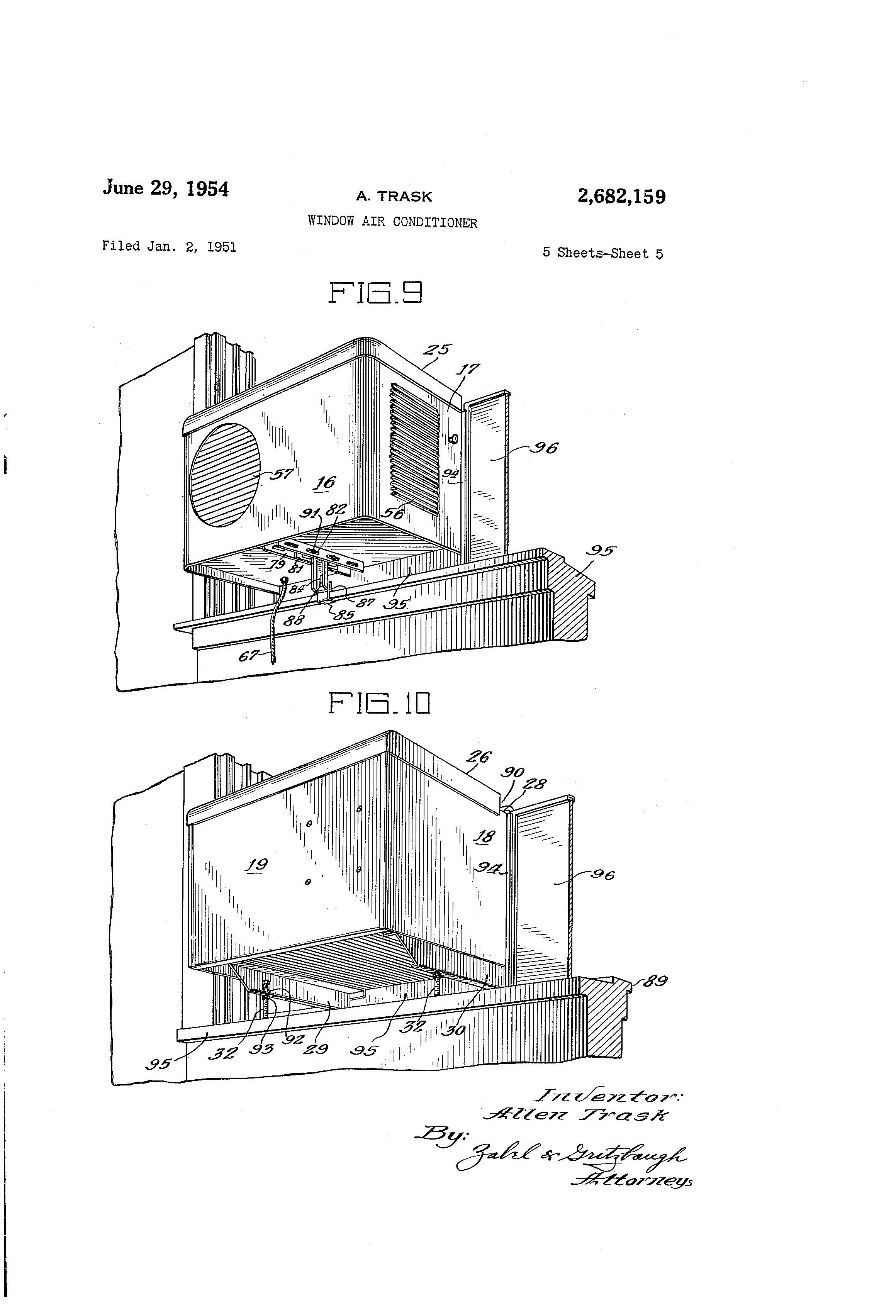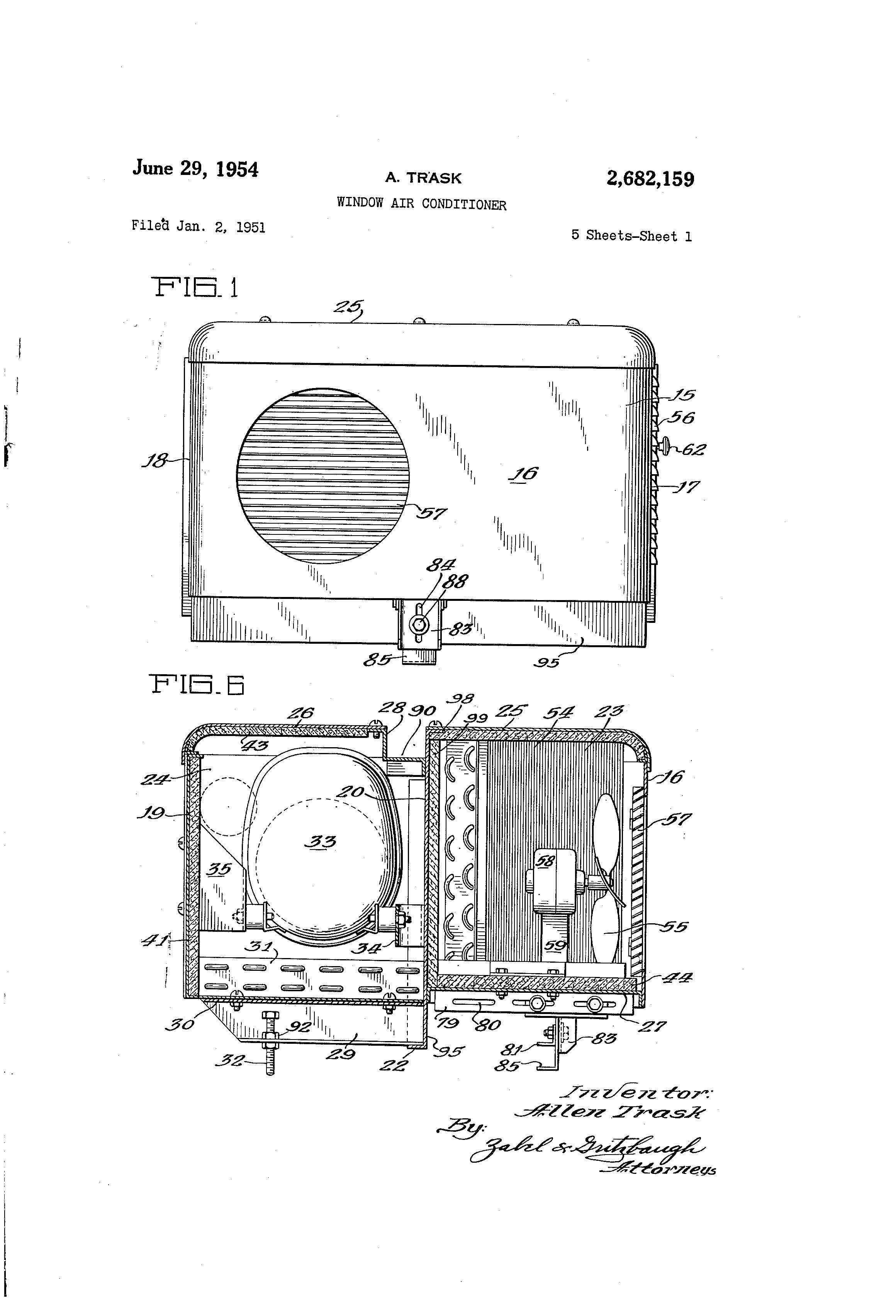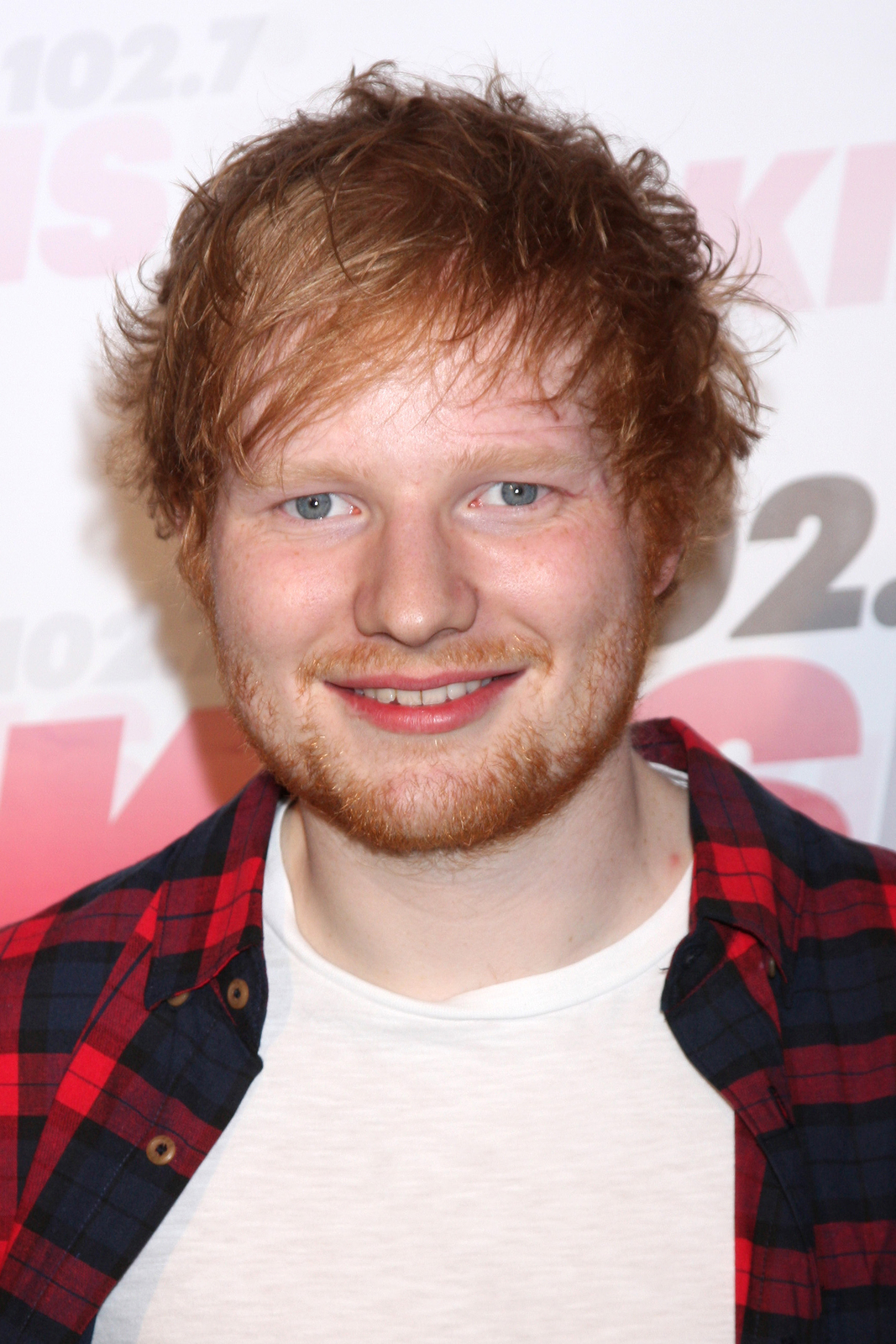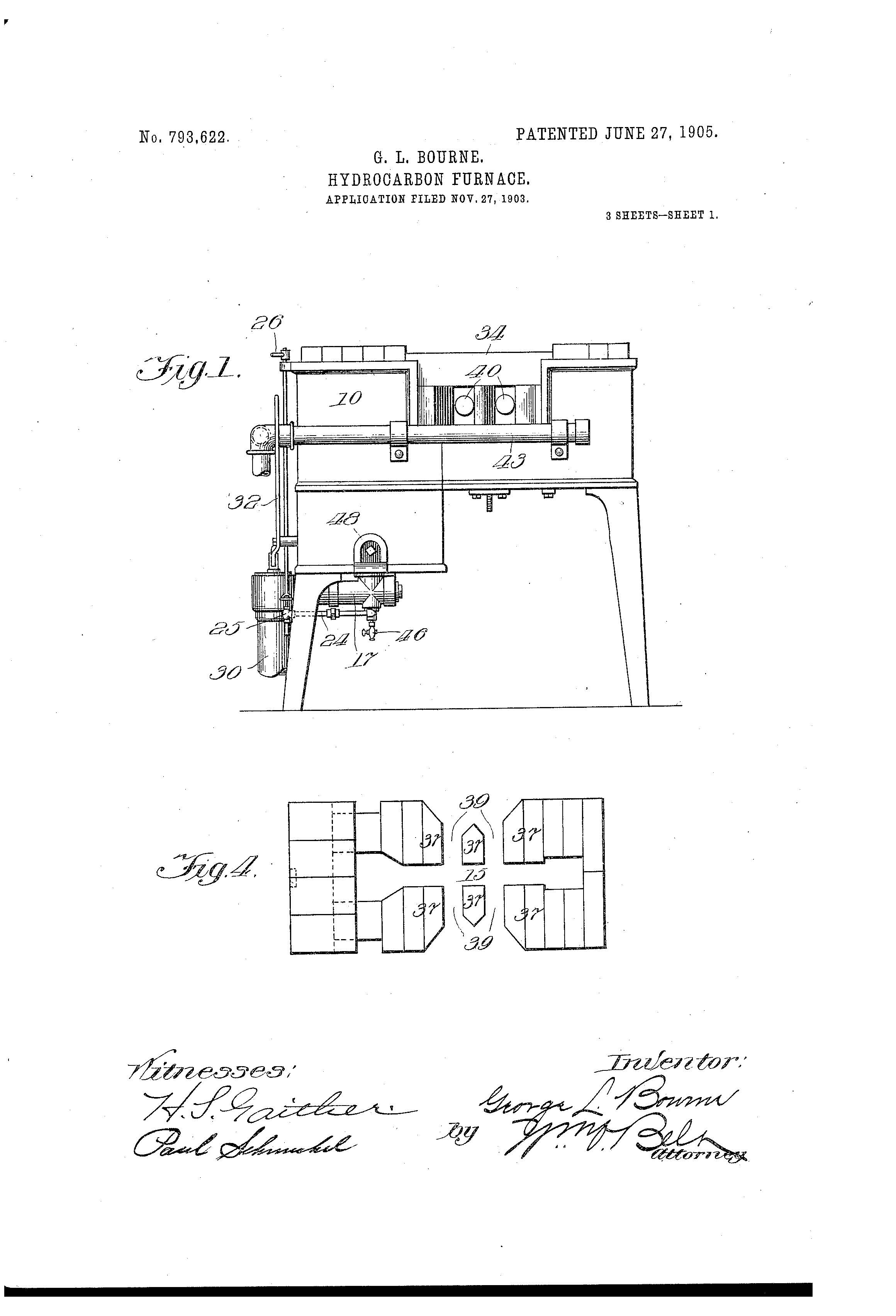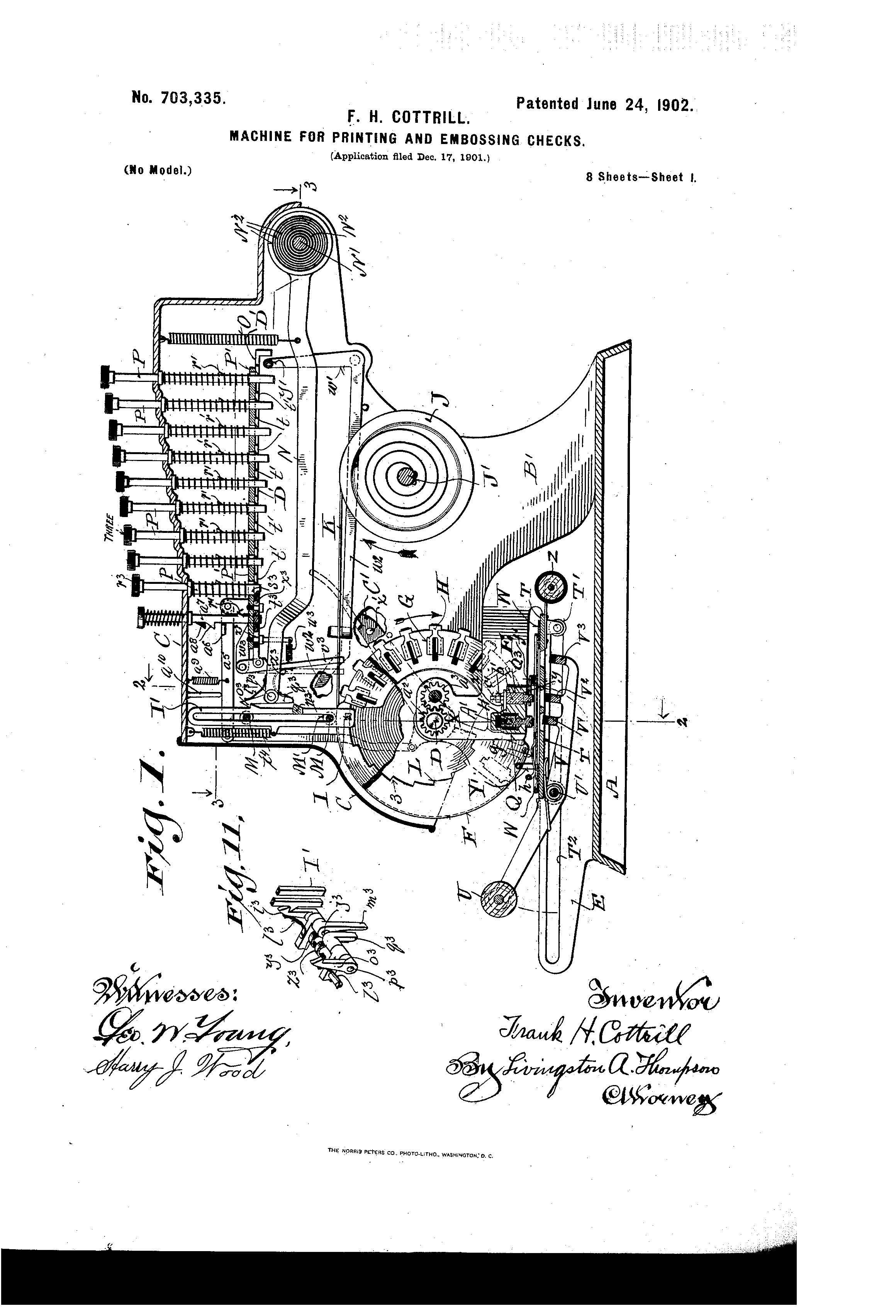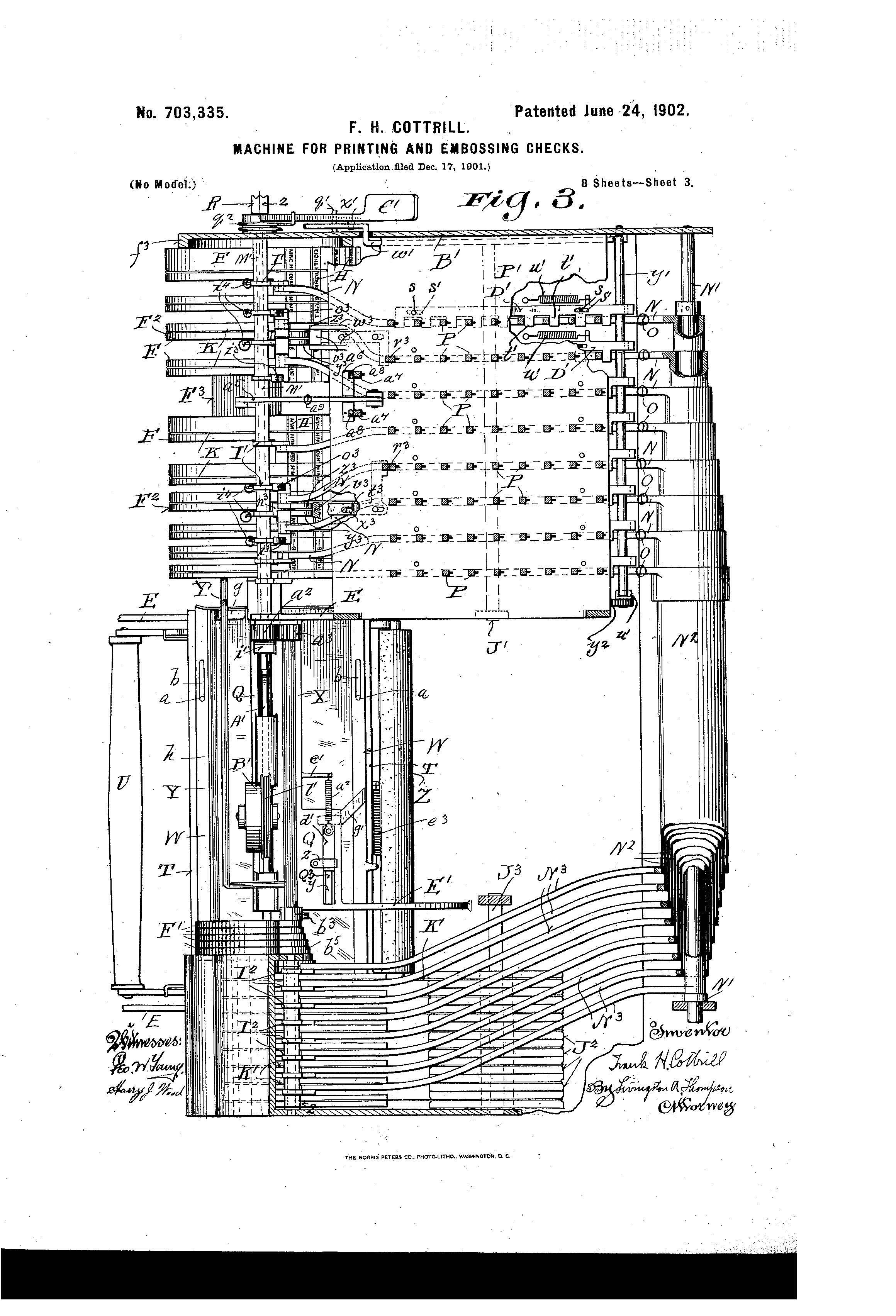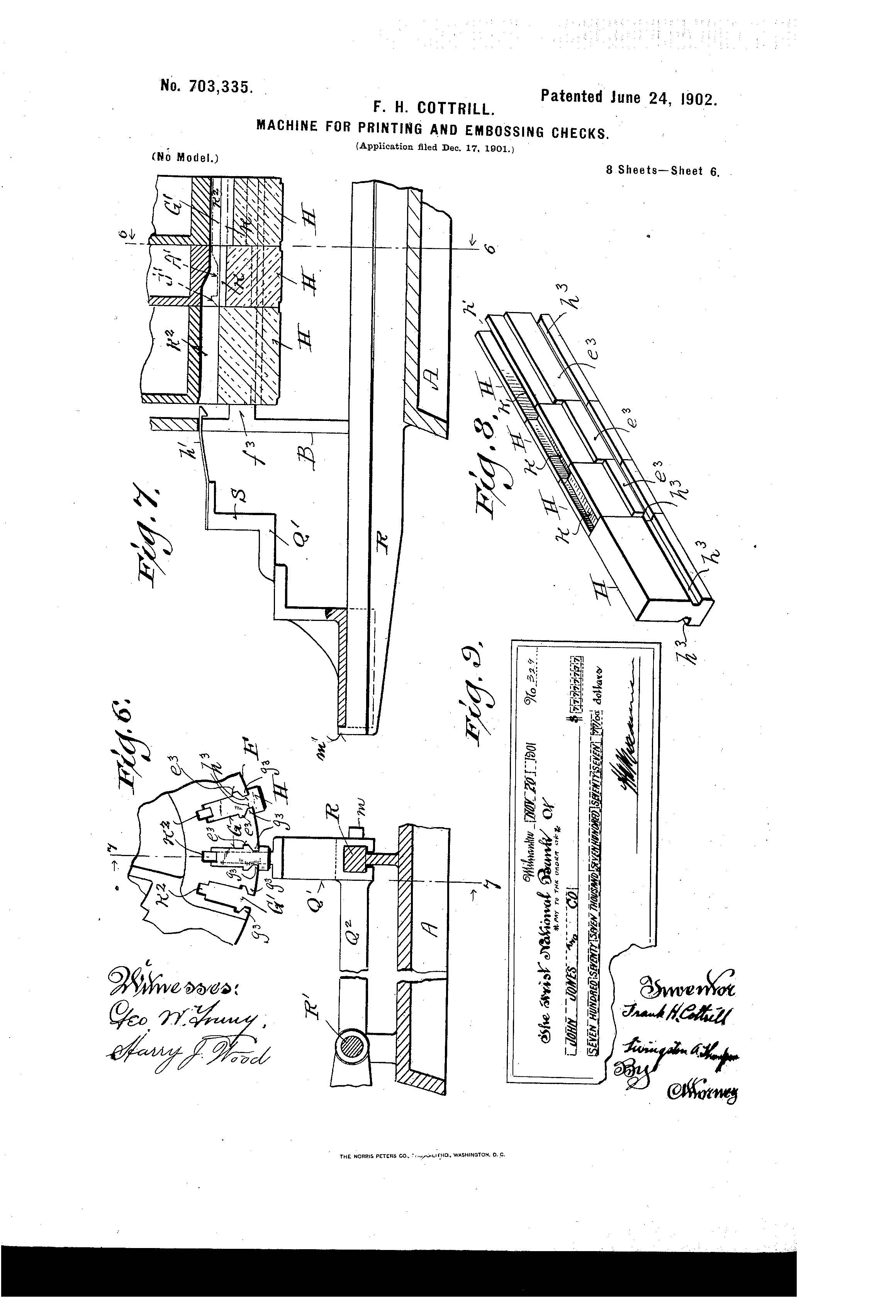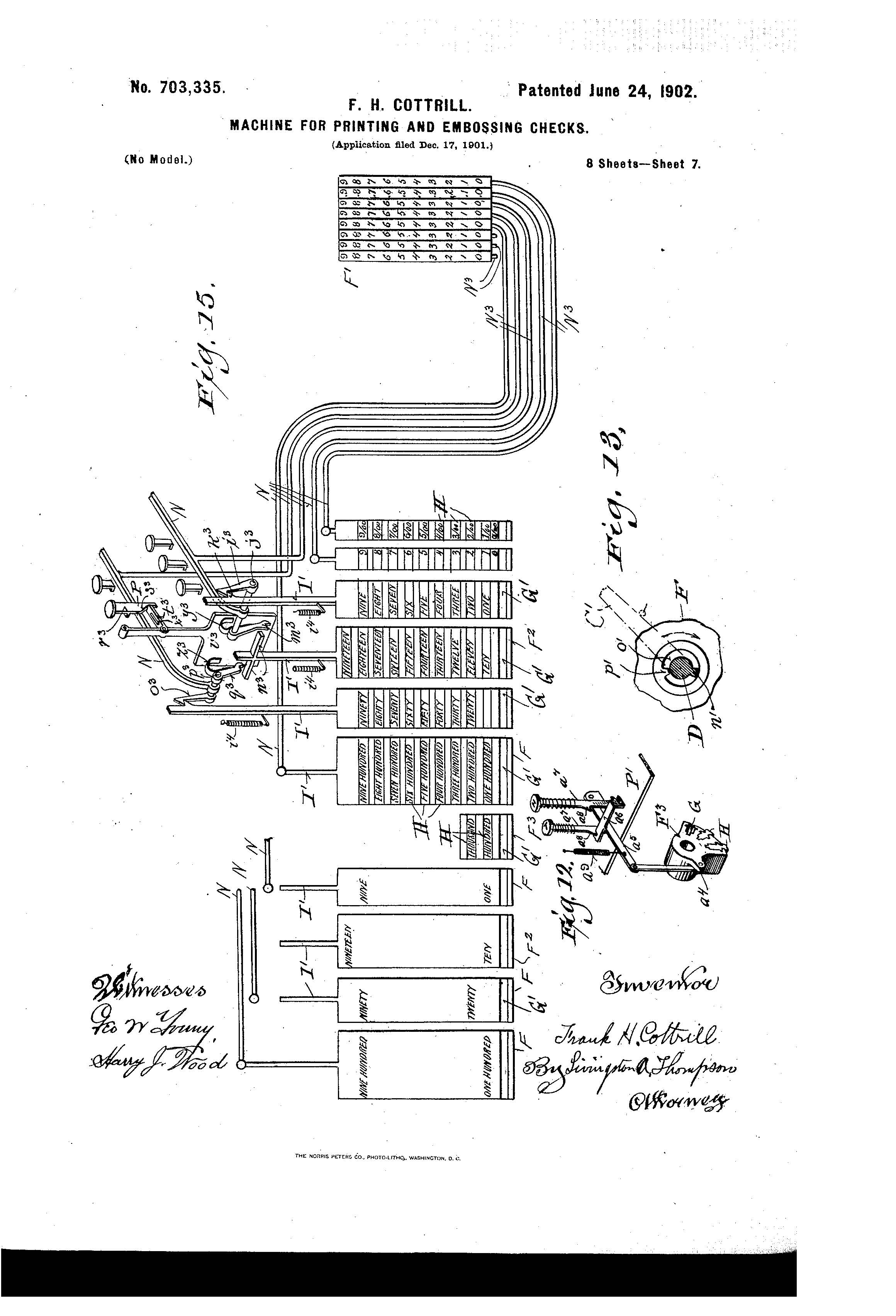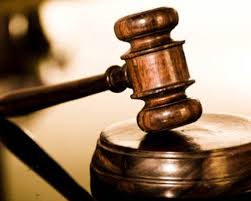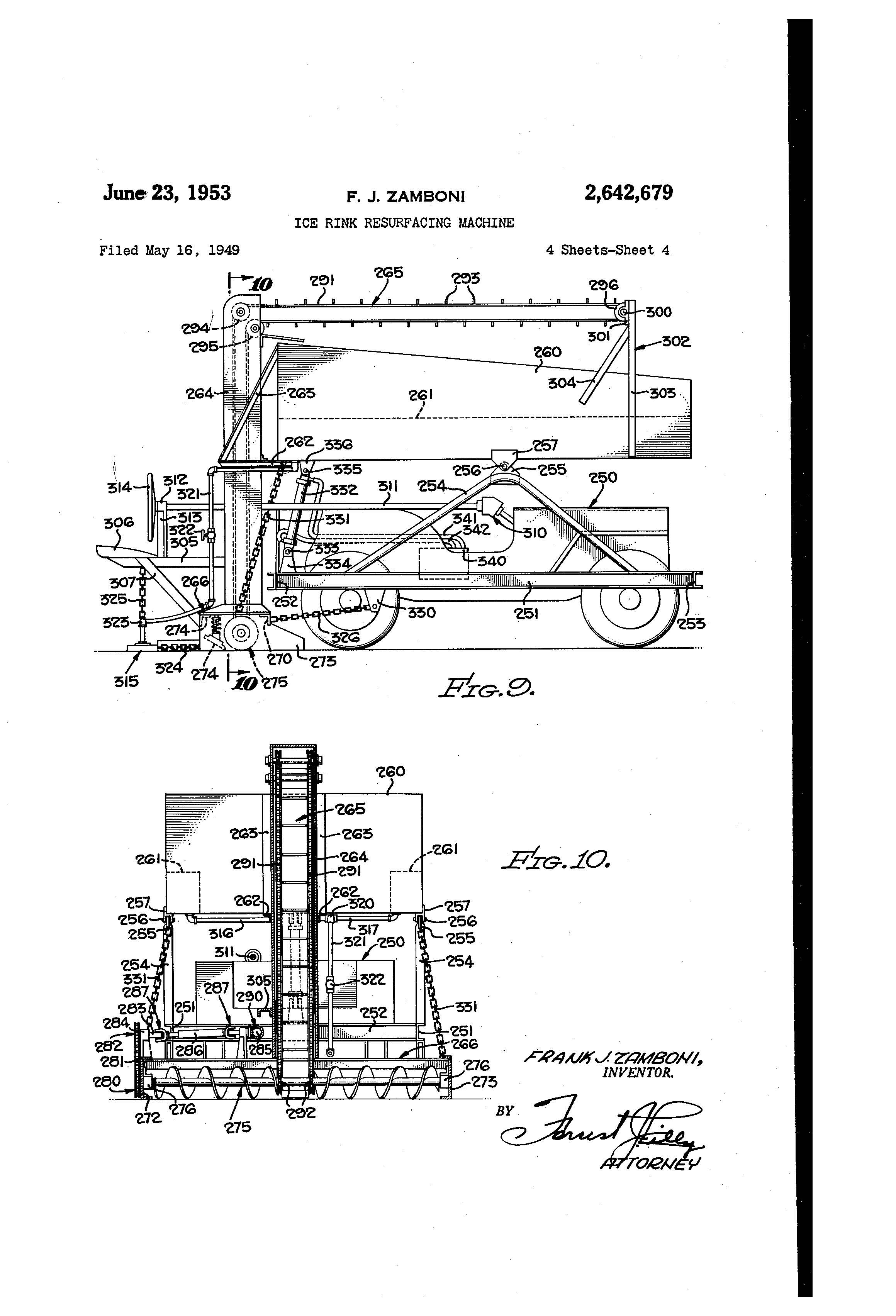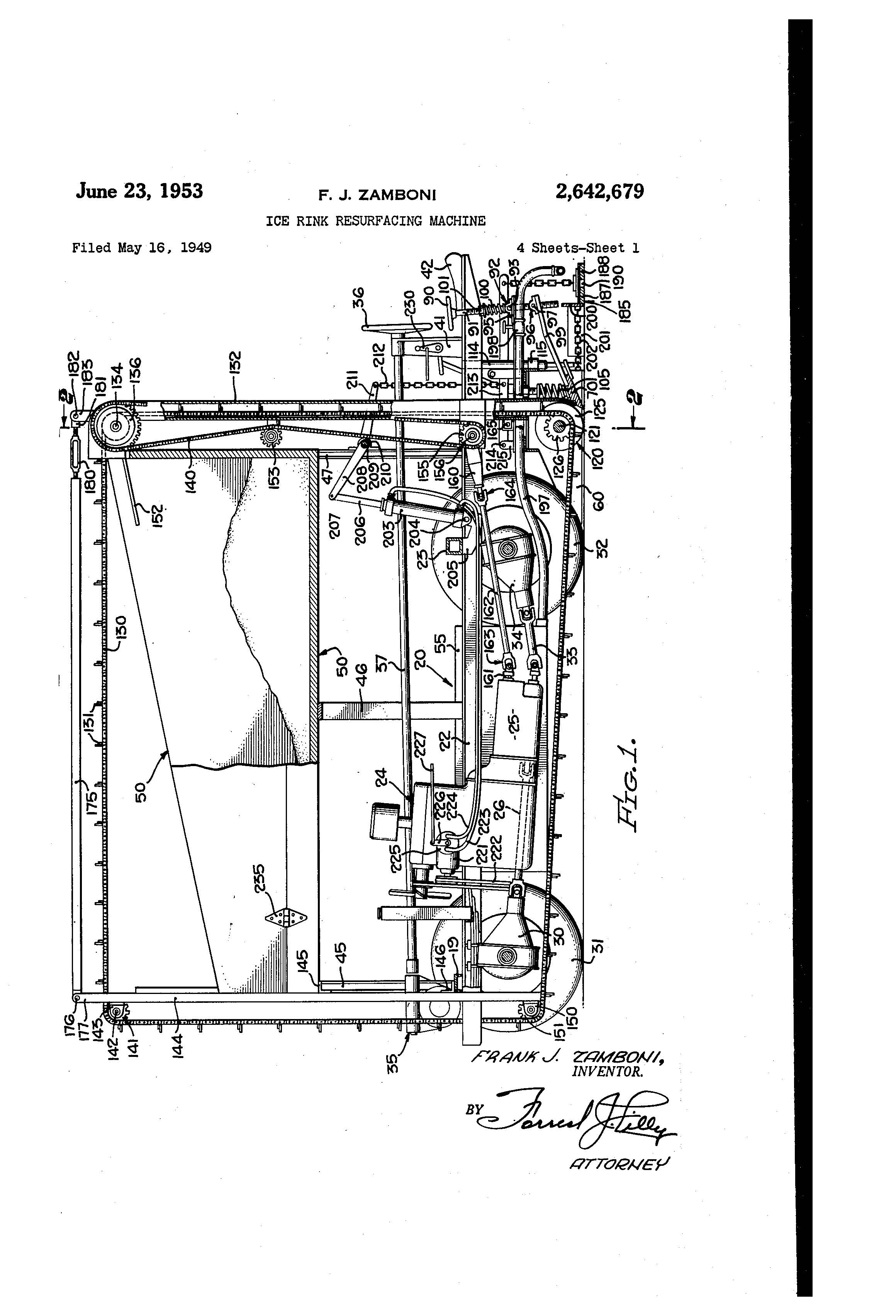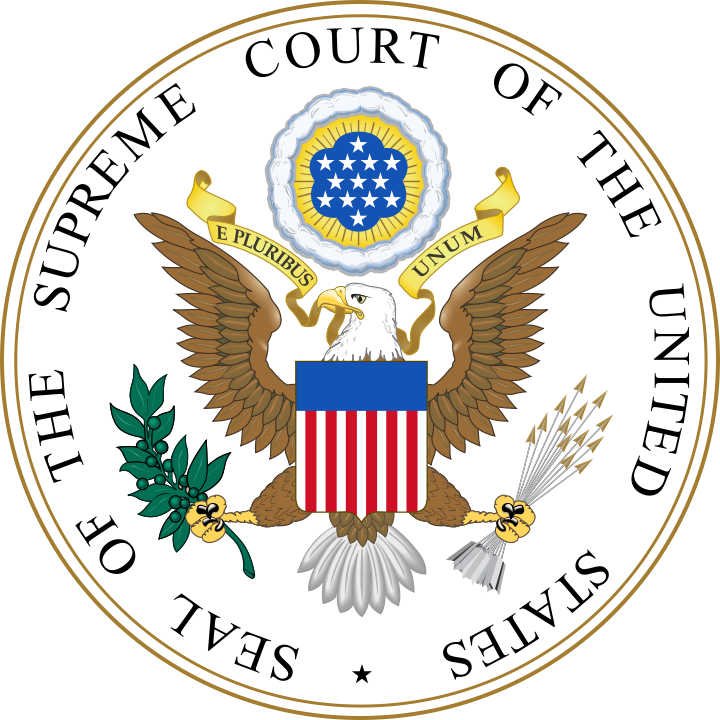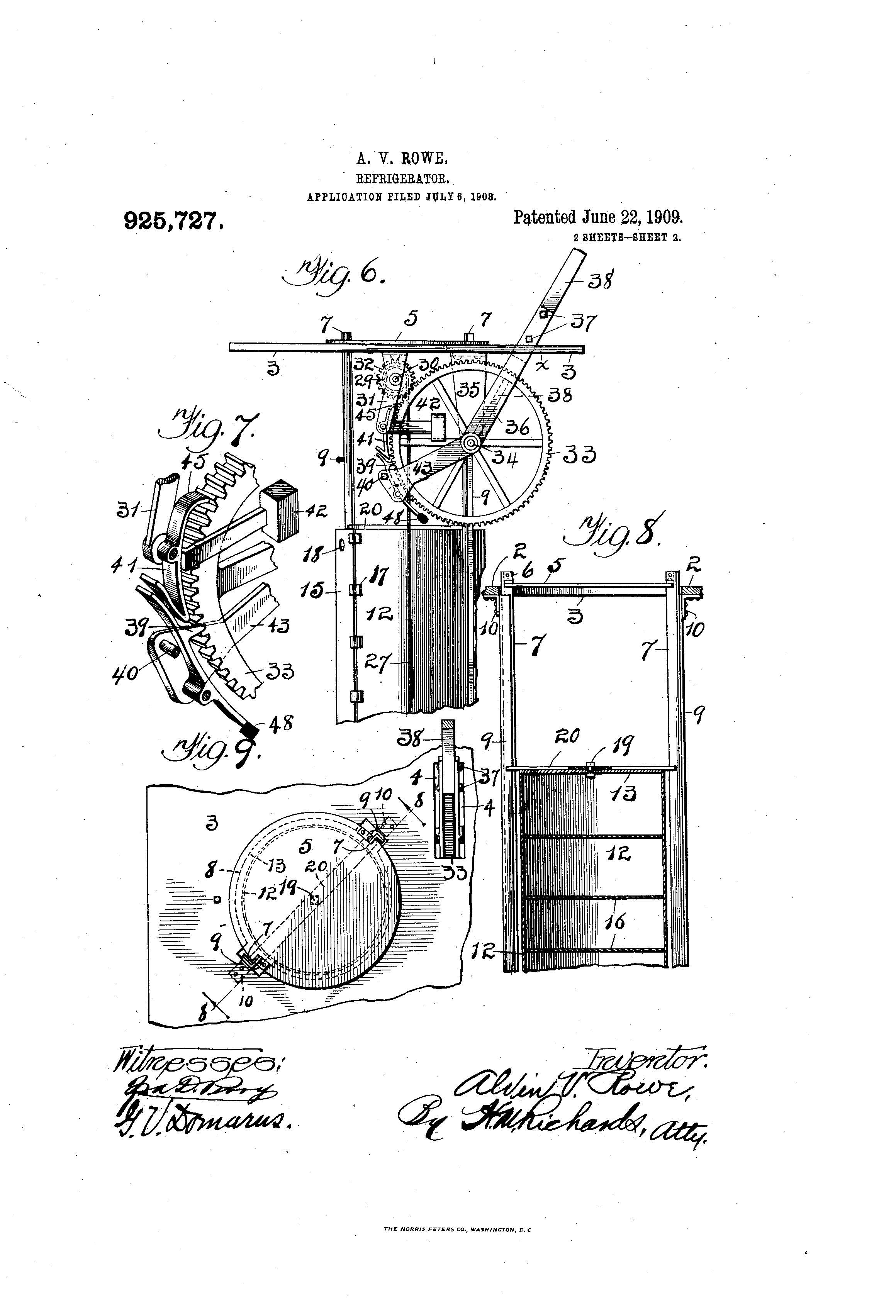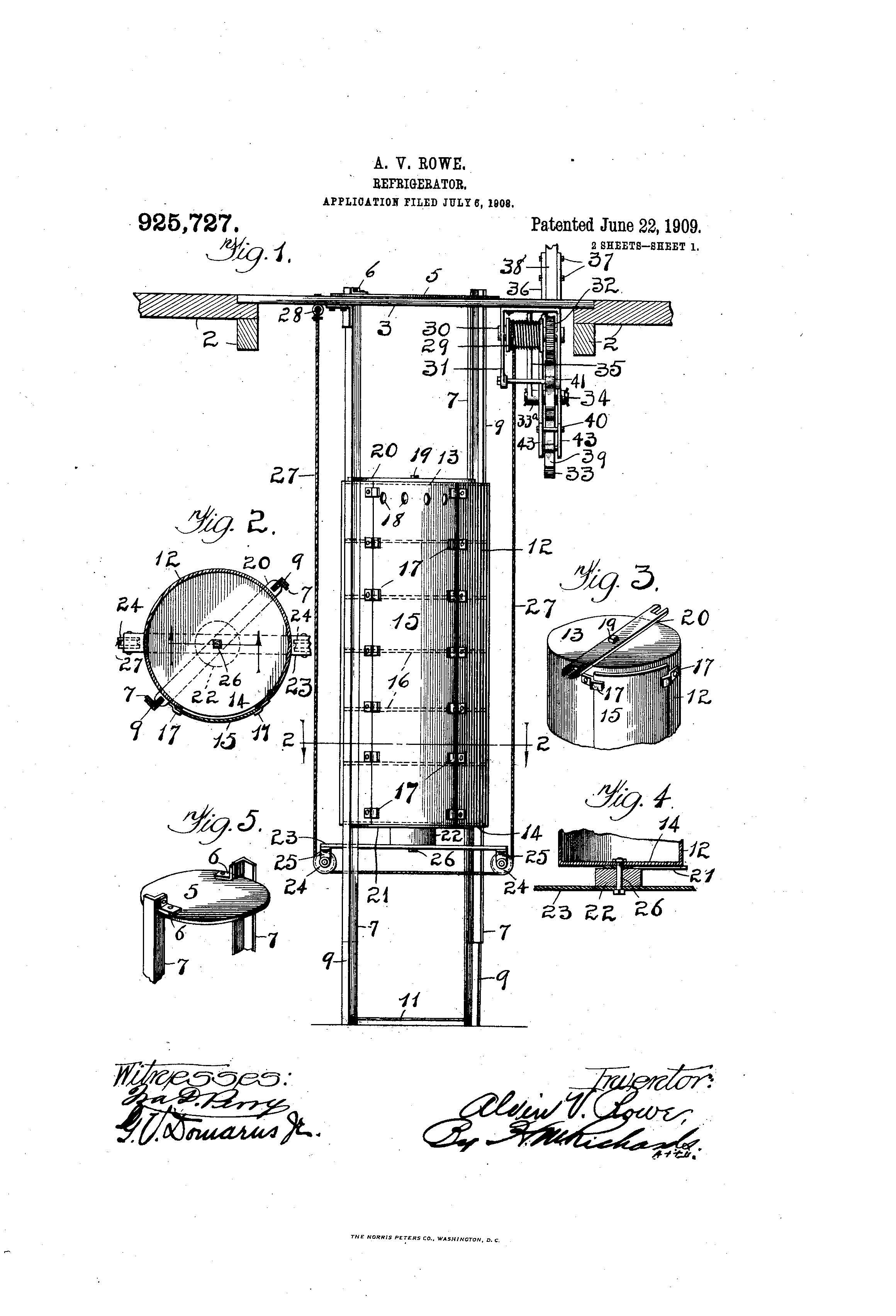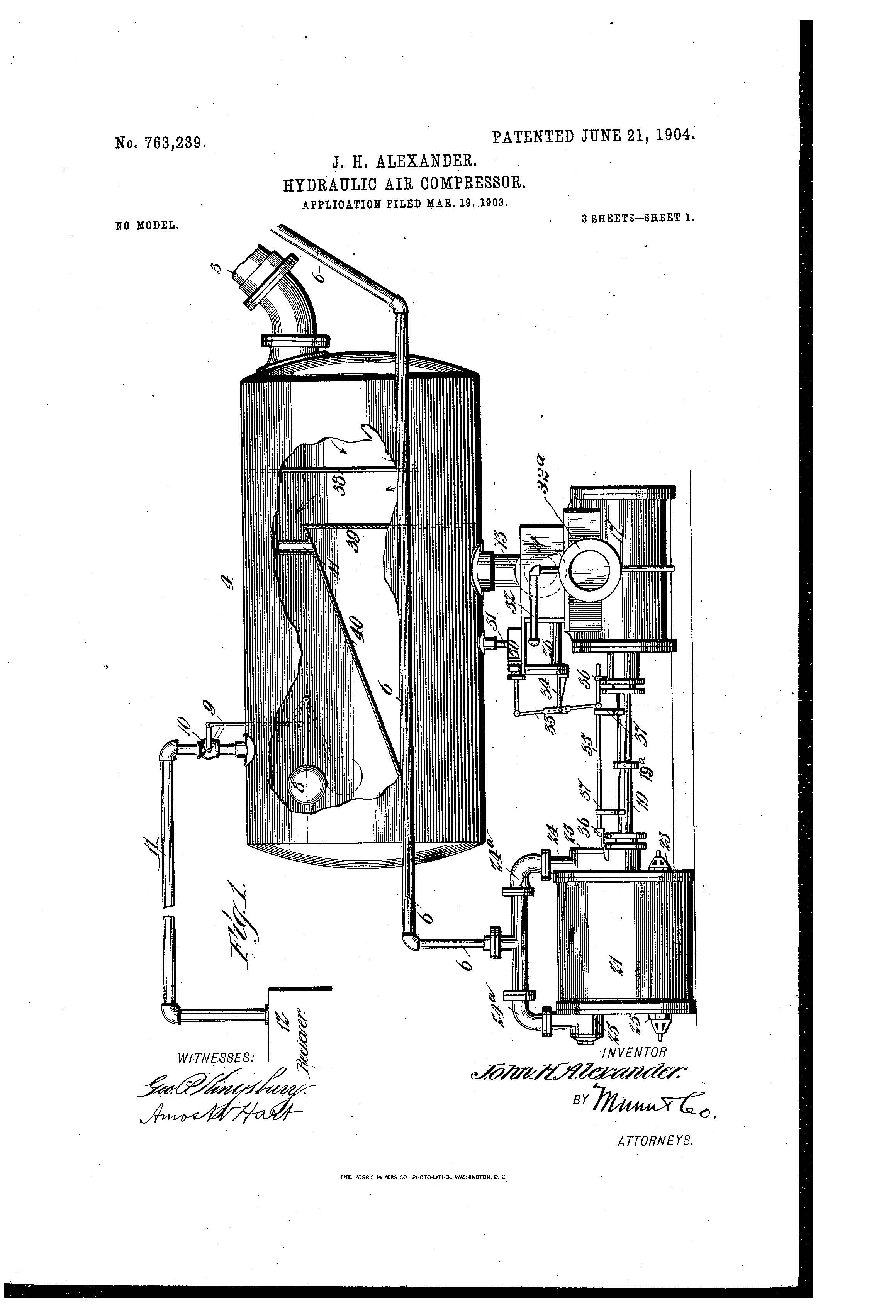Yahoo to line up bids for 3,000 patents
Yahoo is touting nearly 3,000 patents in an auction that is estimated to bring in over $1 billion to the company that has yet to turn itself around in this competitive market despite the hiring of Marissa Mayer four years ago.
“Yahoo is exploring the divestiture of a portfolio of more than 3,000 patents and pending applications covering a wide range of technology, including early-filed Internet search, advertising, and cloud technology,” a Yahoo spokeswoman said. “This represents a unique opportunity for companies operating in the internet industry to acquire some of the most pioneering and foundational patents related to web search and advertising,” the company stated.
Over 2,500 of these patents were assigned to a Yahoo subsidiary, Excalibur, ahead of the sale in April. Many saw this as the beginning of the sale, which coincidently, occurred on the same day as the first-round bid deadline in the auction for Yahoo’s core business.
Back in February Yahoo said it was exploring divesting nonstrategic assets, including patents and real estate, which is said to generate an estimated $1 billion to $3 billion in cash this year. In the past three years they have already collected $600 million from patent sales and licensing fees.
Although they are selling nearly 3,000 patents, the company will also be selling a significant number of patents and pending applications that relate to its core internet business. Five hundred US patents and over 600 US pending applications are considered “necessary” to the backbone and infrastructure of Yahoo.
It is unclear how many parties are interested in the patents. Yahoo has invited strategic buyers, private-equity firms, and investment firms focused on intellectual property to submit bids. Alphabet Inc. and Microsoft Corp. are among the most obvious potential buyers at this time. Yahoo’s enforceable patents are said to have an estimated value of $965 million to $1.34 billion.
Patent of the Day: Electric Shaver with Vibratory Shaving Units
On this day in 1952, the patent application for Electric Shaver with Vibratory Shaving Units was filed. U.S. Patent No. 2,675,614.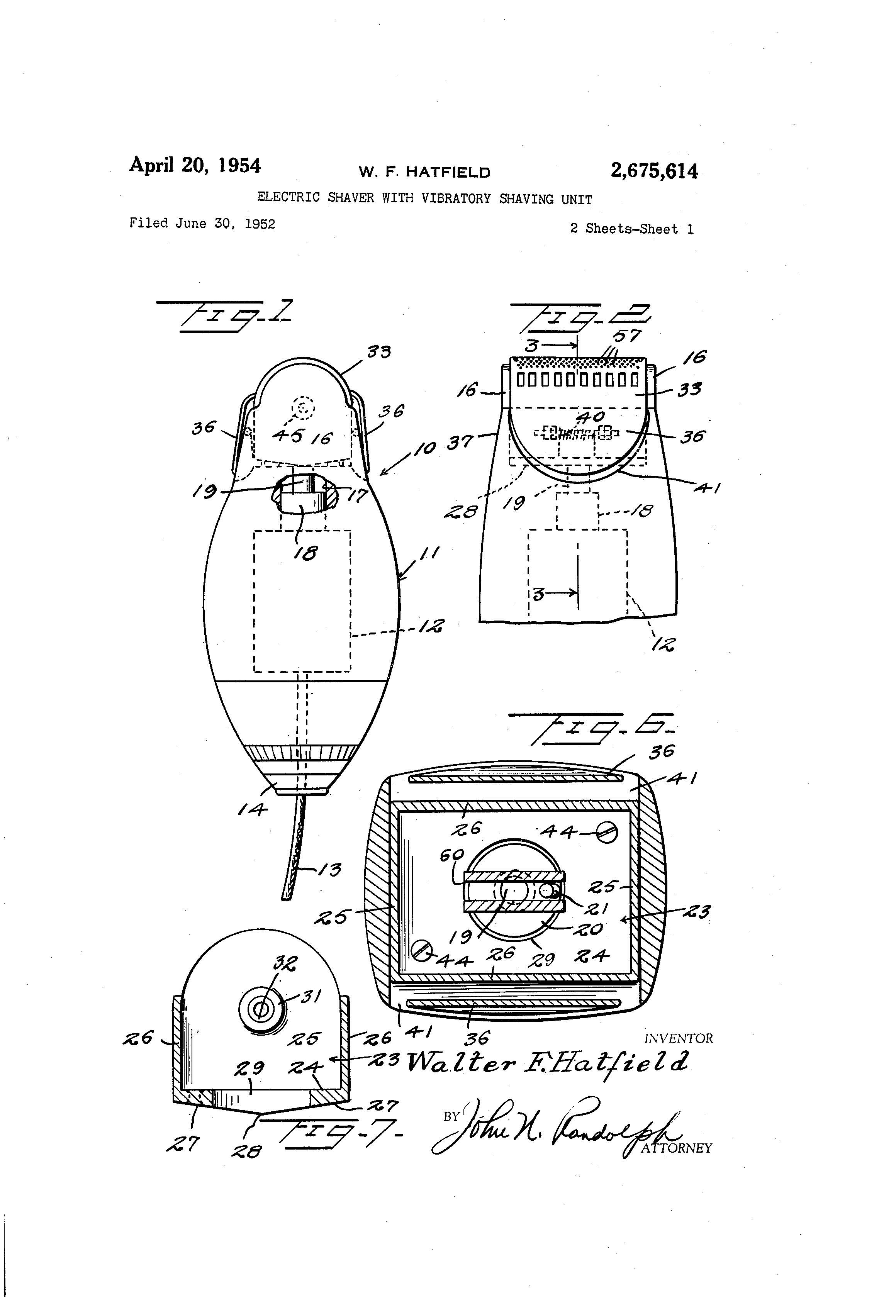
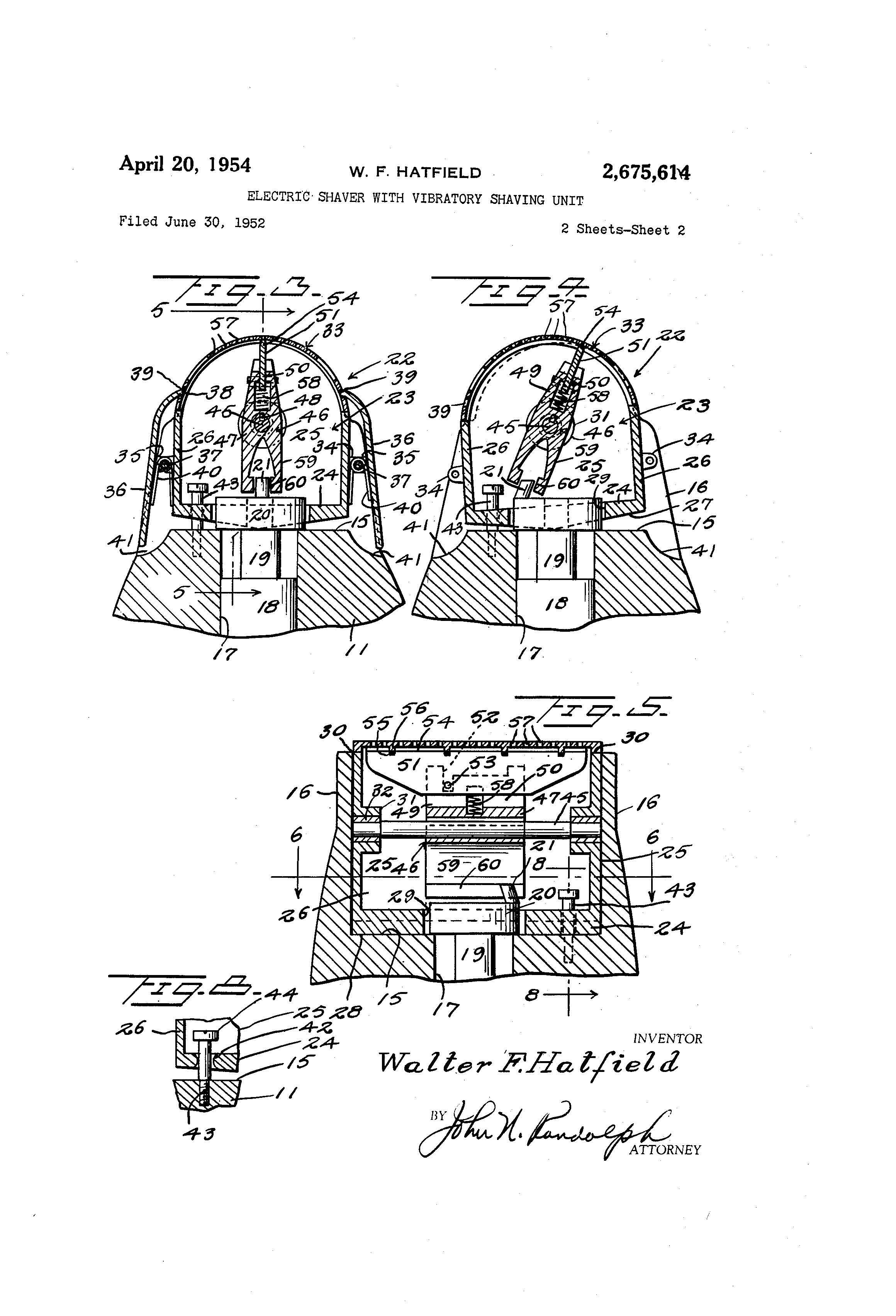
Patent of the Day: Window Air Conditioner
On this day in 1954 Allen Trask was granted the patent for Window Air Conditioner. U.S. Patent No. 2,682,159.
A principal object of this invention is a cabinet constructed as a cantilever structure having a central pier arranged to support the air conditioner within the opening of a window at the bottom closing point of a vertically sliding sash.
Patent of the Day: Portable X-Ray Apparatus
On this day in 1926 Wilhelm Falkenberg was granted the patent for Portable X-Ray Apparatus. U.S. Patent No. 1,590,929.
The object of this invention is a portable electric medical hand apparatus, in which all kinds of rays used for electro-therapeutic treatments are produced or generated including X-rays, and high frequency currents in order to allow their use with faradization, salvanisation, galvanization, cathaphoresis, electrolysis, caustic treatments, endoscopy, light and thermos-therapeutics and also with the generation of ozone etc.


Ed Sheeran Faces Copyright Lawsuit
Ed Sheeran, popular musician known for chart topping songs Thinking Out Loud, Sing and Photograph is now in the limelight for another reason. Sheeran is the focus of a $20 million copyright infringement lawsuit. The pop singer’s hit song Photograph will be heard by a federal judge to determine if Sheeran was "verbatim, note-for-note copying” when he wrote the song.
The plaintiffs in this case are songwriters Martin Harrington and Thomas Leonard, who have written many chart-toppers themselves and worked with prominent artists. The songwriters are joined by the publishing company HaloSongs. The plaintiffs are alleging that Sheeran’s song “Photograph” sounds like their 2009 song “Amazing,” which was recorded by Matt Cardle, winner of the 2010 season of The X Factor.
The plaintiffs are being represented by, Richard Busch, the same attorney who represented the Marvin Gaye family in the $5.3 million “Blurred Lines” copyright case. Busch said “My clients are professional songwriters. Their work is their life, and I am honored that they have trusted me with this very important case."
The plaintiffs have alleged that “Photograph” is too similar, almost identical in pitch, tempo and structure, to both the composition written by Harrington and Leonard as well as the version recorded by Cardle. According to the complaint, Sheeran’s Photograph includes a chorus that shares 39 identical notes with Amazing by Harrington and Leonard. "The songs' similarities reach the very essence of the work," states the complaint. "The similarities go beyond substantial, which is itself sufficient to establish copyright infringement, and are in fact striking. The similarity of words, vocal style, vocal melody, melody, and rhythm are clear indicators, among other things, that 'Photograph' copies 'Amazing.'"
If successful plaintiffs’ damages award is estimated to exceed $20 million in addition to statutory damages and an injunction or running royalty. The matter will now be heard in a California federal court.
Patent of the Day: Hydrocarbon Furnace
On this day in 1905 George L. Bourne was granted the patent for Hydrocarbon Furnace. U.S. Patent No. 793,622.
This invention relates to novel improvements in furnaces of the class in which crude petroleum or fuel-oil is employed as a fuel; an its object is to provide an economical and serviceable furnace of comparatively small size when required and promote the efficiency of this class of furnaces by producing a perfect combustion of the fuel, and thus secure the benefit of all the heat units contained therein. This result is obtained primarily by volatilizing and converting oil into a complete gaseous state in a primary combustion chamber and then introducing a blast of fresh air supply to the necessary additional oxygen to provide a perfect combustion in a secondary combustion-chamber, so that a high degree of perfect heat, free from uncombined carbon or oxygen, will be obtained in the heating-chamber, located, preferably, adjacent to the secondary combustion chamber.



Patent of the Day: Machine for Printing and Embossing Checks
On this day in 1902 Frank H. Cottrill was granted the patent application for Machine for Printing and Embossing Checks. U.S. Patent No. 703,335.
This invention has for its object to provide a machine which is capable of printing and embossing the desired amount upon a blank check or draft with a greater speed than can be obtained by the methods now in use, said amount being printed in characters simultaneously with the amount in figures at a predetermined position, together with the date and also the name of payer, if so desired; and it consists in certain peculiarities of construction and combination of parts, to be fully set forth hereinafter with references to the accompanying drawings and subsequently claimed.
Halo v. Pulse Decision
The Supreme Court issued a significant, unanimous, decision in the case of Halo v. Pulse – vacated and remanded the Federal Circuit’s limits to enhanced damages in patent cases. This decision replaces the strict Seagate test for enhanced damages with a test that is easier for patent owners to satisfy. Although the district courts now have discretion to award enhanced damages “as a sanction for egregious infringement behavior” the opinion makes it clear the damages are not to be given in “garden-variety cases”
"Section 284 gives district courts the discretion to award enhanced damages against those guilty of patent infringement. In applying this discretion, district courts are “to be guided by [the] sound legal principles” developed over nearly two centuries of application and interpretation of the Patent Act. Those principles channel the exercise of discretion, limiting the award of enhanced damages to egregious cases of misconduct beyond typical infringement."
This case has been linked to that of Octane Fitness in which the court earlier rejected a Federal Circuit test for awarding attorney fees in favor of flexible discretion at the district court level.
It is worth noting the issue of enhanced damages tends to arise after the patent has been found enforceable and the accused found liable for infringement. If the plaintiff/patentee wants to recover enhanced damages the plaintiff/patentee needs to show by a preponderance of the evidence, the infringer was involved in “egregious activity beyond typical infringement”. The opinion mentions an ex post defense which is directed towards litigation and does not remove culpability. Rather, culpability will be measured based on the infringer’s knowledge at the time of the unlawful conduct.
You can read the entire decision here.
Patent of the Day: Ice Rink Resurfacing Machine (Zamboni)
On this day in 1953, F.J. Zamboni was granted the patent for Ice Rink Resurfacing Machine. U.S. Patent No. 2,642,679.
Supreme Court Ruling in Cuozzo Speed Technologies, LLC v. Lee
On April 25, 2016, oral arguments for Cuozzo Speed Technologies v. Lee were heard by the United States Supreme Court (SCOTUS). One of the primary questions in the dispute related to whether the United States government has made it too easy for companies to challenge competitors’ patents via a procedure known as inter partes review (IPR). IPR is a newly implemented review function that was put into effect with the implementation of the America Invents Act (AIA) of September 16, 2012. IPR is held in front of the Patent Trial and Appeal Board (PTAB), which is an administrative board, existing within the executive branch. This procedure is in addition to the traditional judicial route, which takes place in federal court.
One peculiar aspect associated with the IPR procedure is that the PTAB has applied a “broadest reasonable interpretation” (BRI) standard when interpreting patent claims of a patent in question. In contrast, a “plain and ordinary meaning” standard is applied by federal courts when evaluating patent scope. As a result, under the current IPR framework, opponents now have two avenues (and two standards) with which to invalidate a competitor’s patent. This distinction is critical because the BRI standard generally leads to an interpretation of broader claim scope, making it easier to find prior art that overlaps with the claim scope of the patent in question. Put another way, the BRI standard makes it easier for a reviewer to find publications that show a patent does not cover something new and non-obvious, making it easier to invalidate the patent.
Companies that are frequent targets of patent suits, including large technology companies, such as Apple Inc. and Google Inc., have turned to IPR proceedings as a tactic in patent challenges. IPR is typically considered more efficient, both in terms of cost and time, than a federal court challenge.
The case before SCOTUS involves a patent owned by Cuozzo Speed Technologies LLC. The patent in question covers a speed-limit indicator. Cuozzo Speed Technologies LLC sued a number of companies including Garmin Ltd., General Motors Co. and TomTom NV. Garmin challenged the Cuozzo patent using the IPR procedure and the PTAB sided with Garmin, invalidating the Cuozzo patent on obviousness grounds. In turn, Cuozzo challenged the PTAB’s action in federal court, whereby the Court of Appeals for the Federal Circuit (CAFC) ultimately upheld the application of the BRI claim construction standard by the PTAB in the IPR proceedings.
SCOTUS was asked to determine whether it is appropriate for the PTAB to review patent validity under a BRI standard in light of the plain and ordinary meaning standard traditionally applied in federal court.
During oral arguments, Chief Justice Roberts found the IPR process to be “a bizarre way to . . . decide a legal question” and noted “it’s a very extraordinary animal in legal culture to have two different proceedings addressing the same question that lead to different results.” Justice Roberts went on to suggest that the PTAB should apply the same standard as used by federal courts. Justice Kagan seemed to blame Congress for the confusion in stating “If I look at the statute, I mean, it just doesn’t say one way or the other.” Justice Breyer was more understanding of the USPTO’s position and suggested that the reason for the bifurcated review process was because Congress intended IPR to cut down on the “patents that shouldn’t have been issued in the first place.”
On June 20, 2016, in a unanimous decision, SCOTUS upheld the CAFC ruling requiring the PTAB to apply the broadest reasonable interpretation (BRI) standard in IPR proceedings. It was also held that the Patent Office’s decision to institute an IPR proceeding “shall be final and non-appealable” to the Federal courts.
In light of this decision Michelle Lee, Director of the United States Patent and Trademark Office (USPTO), offered the following statement:
“The USPTO appreciates the Supreme Court’s decision which will allow the Patent Trial and Appeal Board (PTAB) to maintain its vital mission of effectively and efficiently resolving patentability disputes while providing faster, less expensive alternatives to district court litigation.”
Patent of the Day: Refrigerator
On this day in 1909 Alvin V. Rowe was granted the patent for Refrigerator. U.S. Patent No. 925,727.

